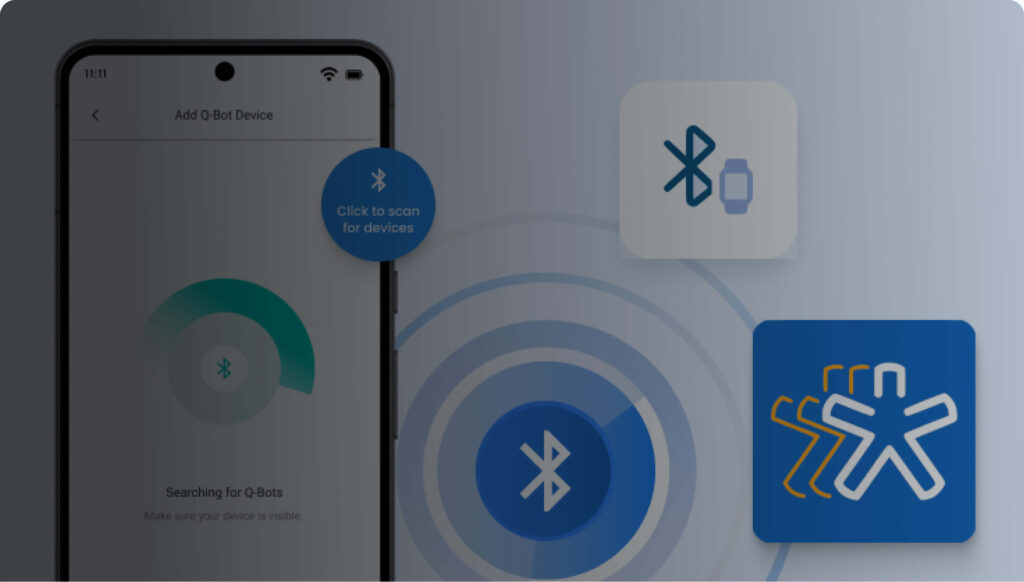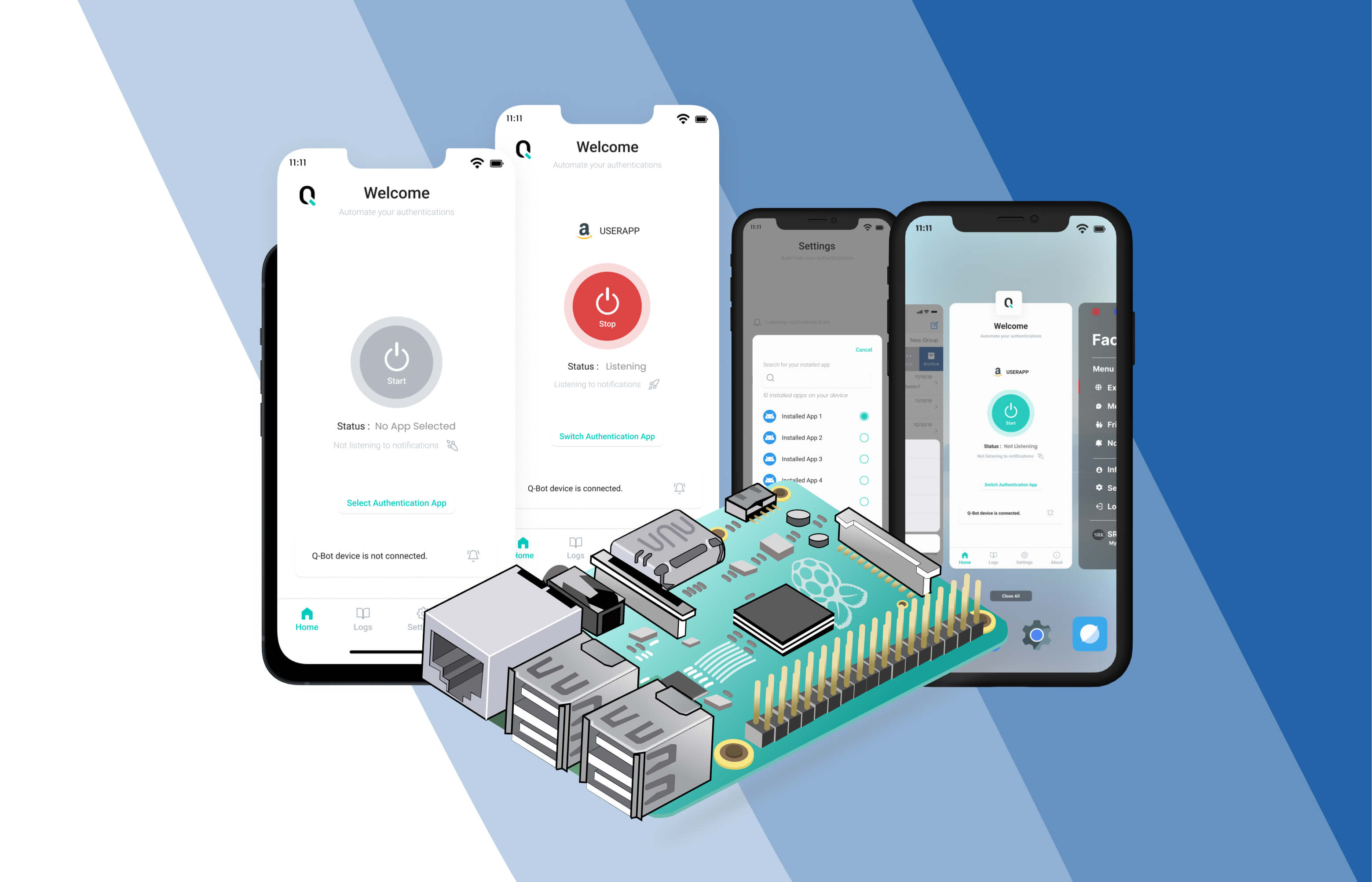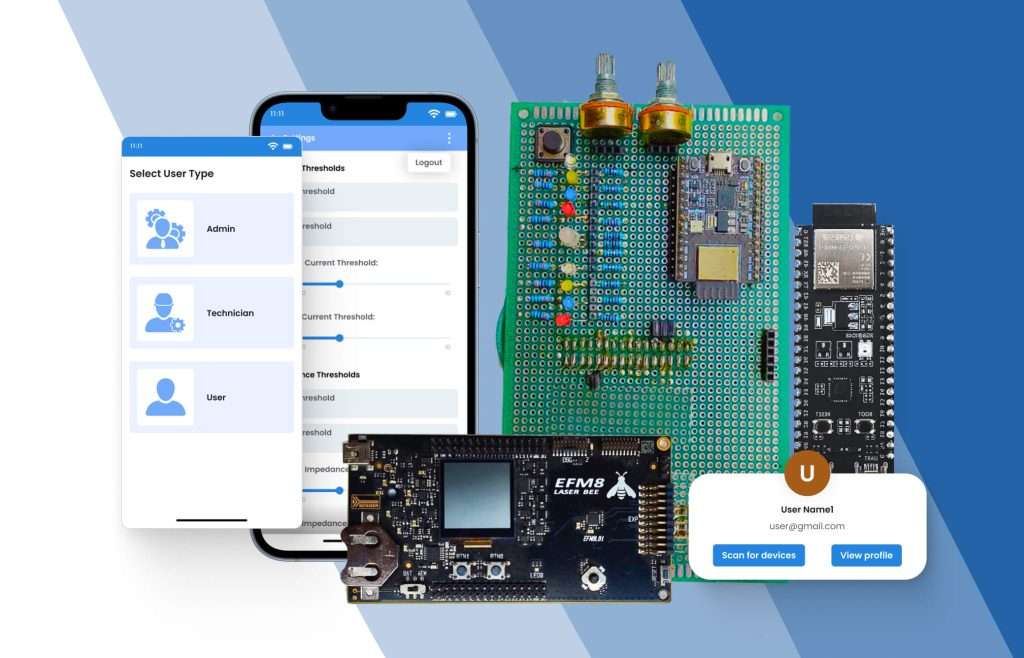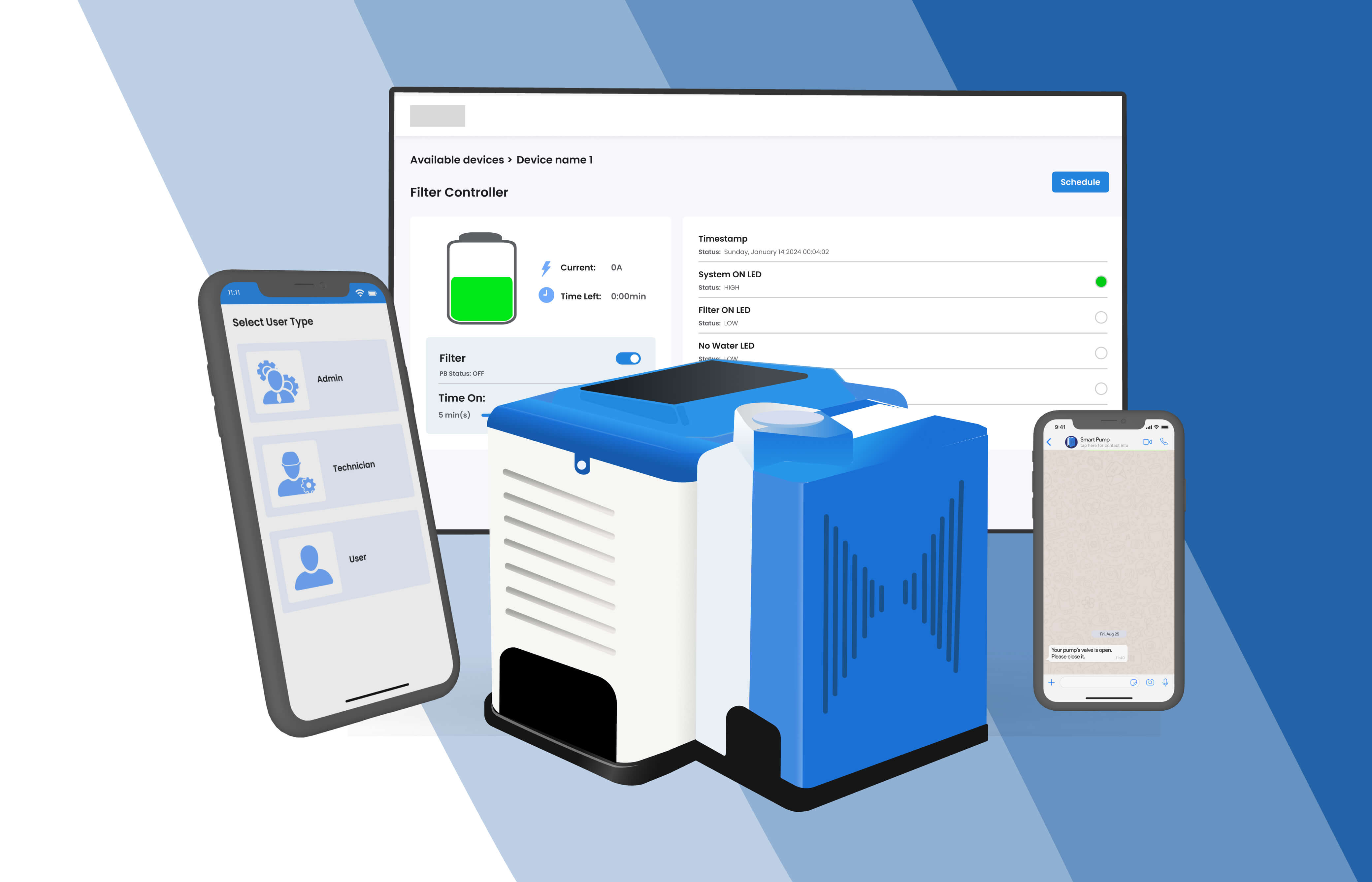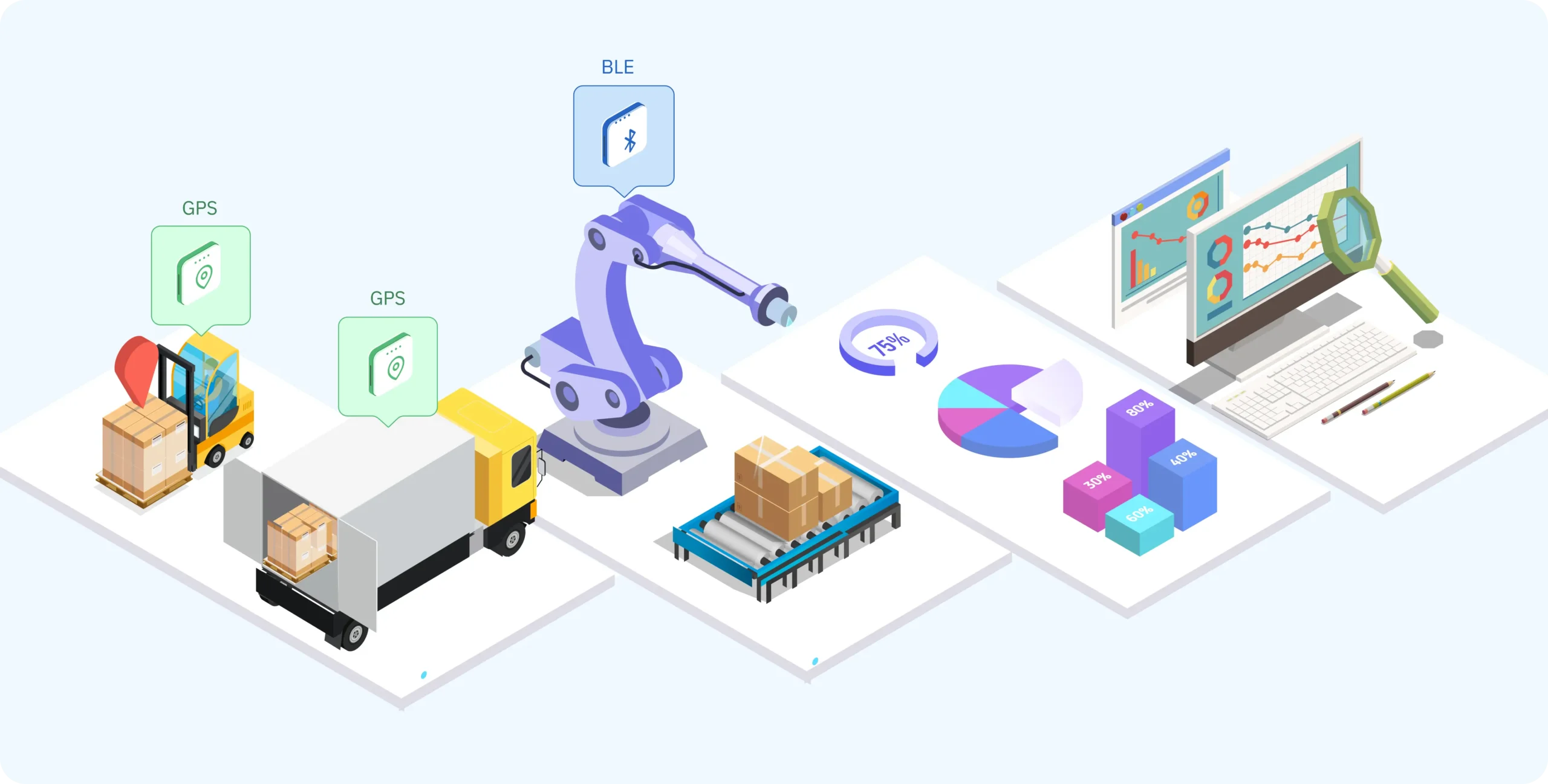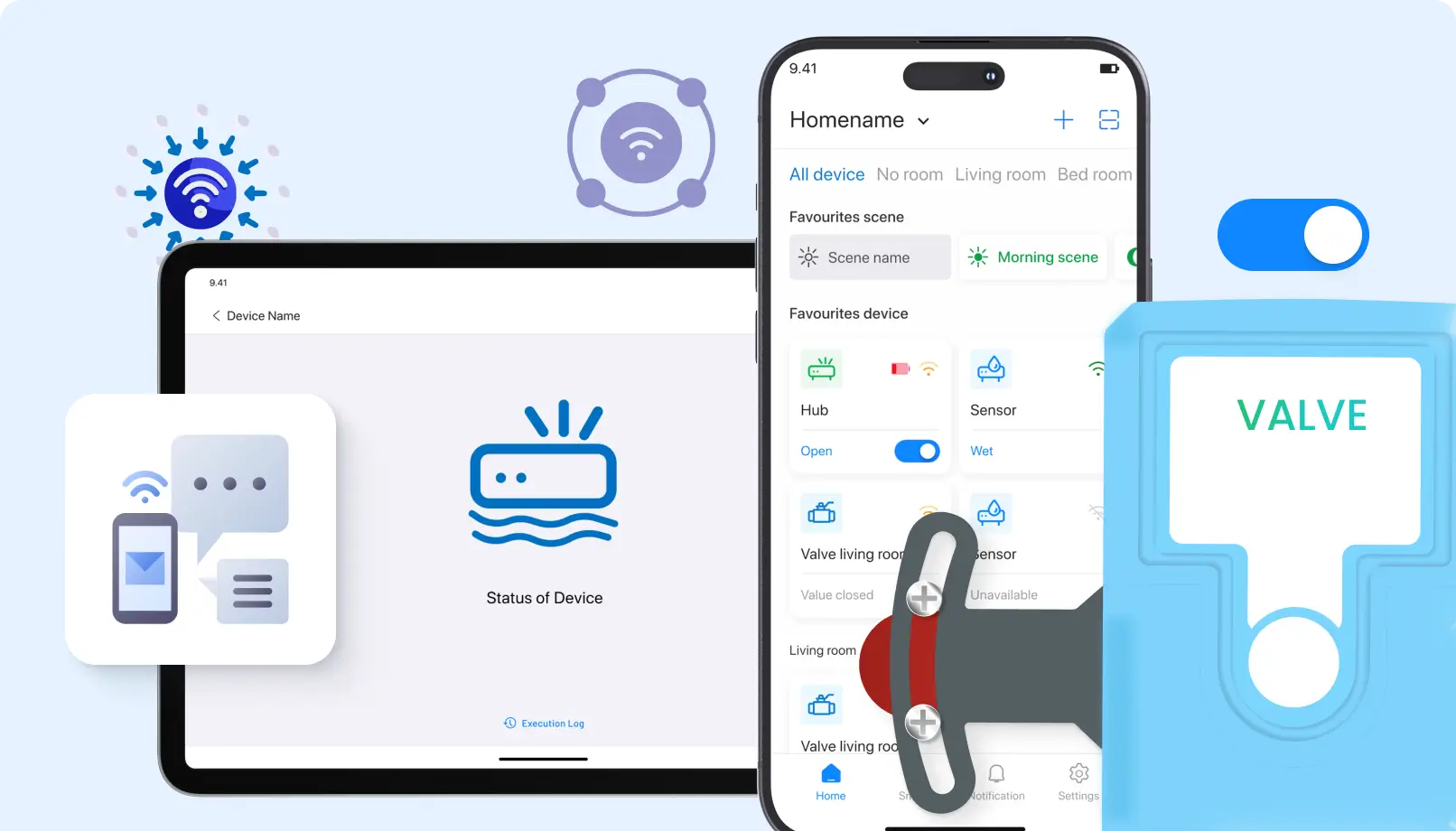BLE and NimBLE Use Cases in our IoT Projects
1. Custody Protect - Smart Handcuff (4Sight Labs, USA)
One of the most accomplished projects in IoT was designing a Custody Protect smart handcuff system for US Federal Prisons. Fitted with an ESP32 and BLE connectivity, the device senses heart rate and movement to reduce custody deaths. Critical alerts go to monitoring officers in under 10 seconds.
BLE and NimBLE Role:
In the case of Custody Protect, low power consumption was quite instrumental because it required the handcuff to operate throughout for a very long period without frequent change of batteries. BLE provided wireless connectivity between the handcuff and the monitoring station in real time with efficient energy usage. NimBLE optimized this BLE stack even further by reducing the latency and improving the response time, which became critical when fast alert transmission would have been required in an emergency situation.
2. Obel - Weather Tracking Device (Govt. of India)
Our Obel Weather Tracking Device finds its application in hydrology and weather departments. It uses sensors to monitor temperature, humidity, rainfall, and wind speed and sends the data to a remote server by using GSM protocols. We integrated BLE connectivity into the device for on-site monitoring and diagnostics.
BLE in Obel:
BLE was implemented to make the Obel device communicate with mobile devices for local data retrieval and diagnostics without constantly using GSM, therefore power and bandwidth were conserved. We deployed NimBLE to ensure very effective and seamless data transmission from sensors to mobile devices while energy use was kept at its minimum.
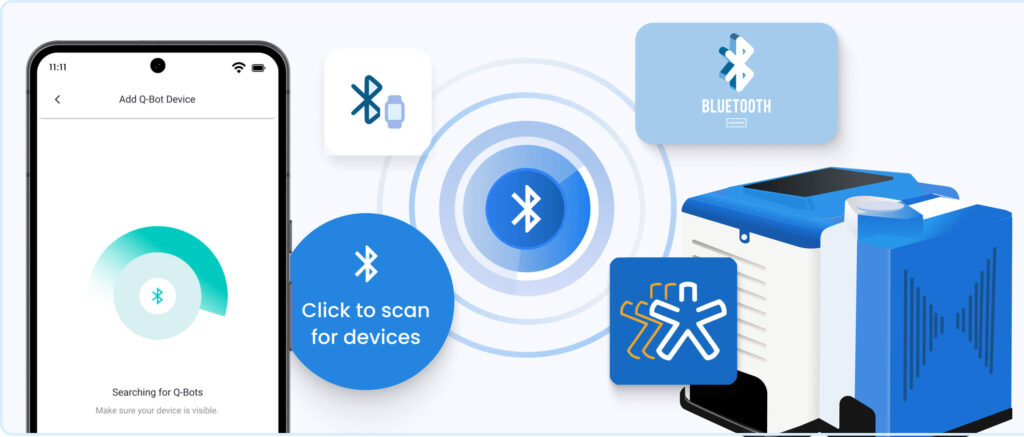
3. Smart Home & Leakage Monitoring System-Econet Solutions, Canada
For Econet Solutions, we developed a Smart Home Water Management System with leak sensors and valve controllers for large buildings and apartments. Users can monitor and control these devices through mobile apps.
BLE for Smart Home Devices:
In this case, BLE was used by leak sensors and valve controllers to communicate with the user’s smartphone for the control of mobile apps. BLE’s low power draw became critical to the ‘always-on’ nature of these devices. The use of NimBLE gave us an even more efficient approach. Realtime control with minimum latency and battery consumption was enabled.
4. Smart Water Pump (DB2SG, Israel)
The Smart Water Pump system on DB2SG allowed us to work on a model that enables us to control and monitor water pumps remotely enabled with an ESP32 and BLE for low-power communication between pumps and mobile apps.
BLE in Smart Water Pumps:
BLE was utilized to provide fast and efficient communication between the water pumps and the mobile application in real-time. The lightweight BLE stack of NimBLE supported faster communications, which, in turn, enabled immediate control that reduced overall power consumption and eventually made the overall system highly efficient and perfect for remote installations.
Advantages of BLE and NimBLE in IoT Connectivity
Power Efficiency: BLE has been designed to be particularly power-efficient. Utilizing small batteries, devices can operate for an extended period of time and, thus, are very suitable for most IoT applications requiring long operational lifetimes without recharging or battery replacement.
Scalability: BLE can support thousands of devices on a single network, hence allowing IoT ecosystem scaling effortlessly. Devices may connect in either a mesh or star topology, highly efficient for small and large-scale deployments.
High efficiency in transferring data: BLE is optimized to send small chunks of data over short distances, finding its perfect implementation in sensors, actuators, and other IoT devices. NimBLE goes one step further by providing an optimized stack that reduces memory footprint and power consumption.
Interoperability: BLE is an international standard, and with its devices across a wide range of industries, it will not struggle to connect them easily across different manufacturers. This is further extended with NimBLE, providing a multiplatform lightweight solution that runs on several operating systems.
Cost-Effectiveness: BLE modules are really inexpensive, and the lightweight architecture of NimBLE reduces the need for high-end hardware, which consequently reduces the cost of development and maintenance of BLE-enabled IoT.
BLE and NimBLE-IoT Connectivity: Disadvantages
Limited Data Throughput: BLE is not suitable for applications that have a high demand for a data transfer rate. It works perfectly with small data packets but cannot handle applications concerning video streaming or large-size file transfers effectively.
Short-Range Connectivity: BLE operates within a short range only, typically up to 100 meters. This hinders its application in applications that require long-range communication unless it is operated along with mesh networking.
Latency Considerations: BLE is a low-power protocol, but it may have higher latency for data transmission compared to some of the other communication protocols such as Wi-Fi or LTE. NimBLE helps decrease this problem but still is a consideration in time-sensitive applications.
Security: BLE does include encryption. IoT devices using BLE are very vulnerable to certain kinds of security attacks, such as eavesdropping and man-in-the-middle attacks, especially in use cases where devices don’t get updated often.
Conclusion
BLE enhanced with NimBLE has emerged as an important enabler of low-power IoT connectivity. Extremely low power, combined with the optimized stack from NimBLE, makes it a perfect choice for IoT devices intended to operate for long periods on poor data throughput.
Our practical experience with several IoT projects proves the advantage of BLE and NimBLE for reliable connectivity, long battery life, and efficient OTA updates even in extreme environments such as federal prisons and remote meteorological stations.
On the other hand, BLE, while suffering from its range and data transfer limitations, is cost-effective and capable of interoperability, thus making it desired for a wide range of IoT devices, particularly for those use cases that require minimal energy consumption and scalable deployments.
BLE and NimBLE, respectively, will enable developers to drive the creation of highly efficient, scalable, secure IoT solutions future-proof to handle those ever-growing demands in the connected world.
